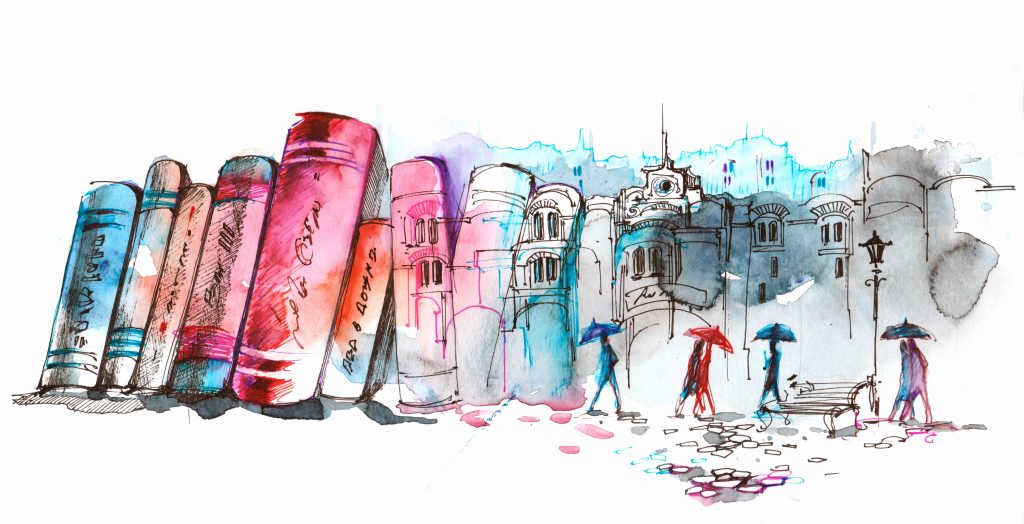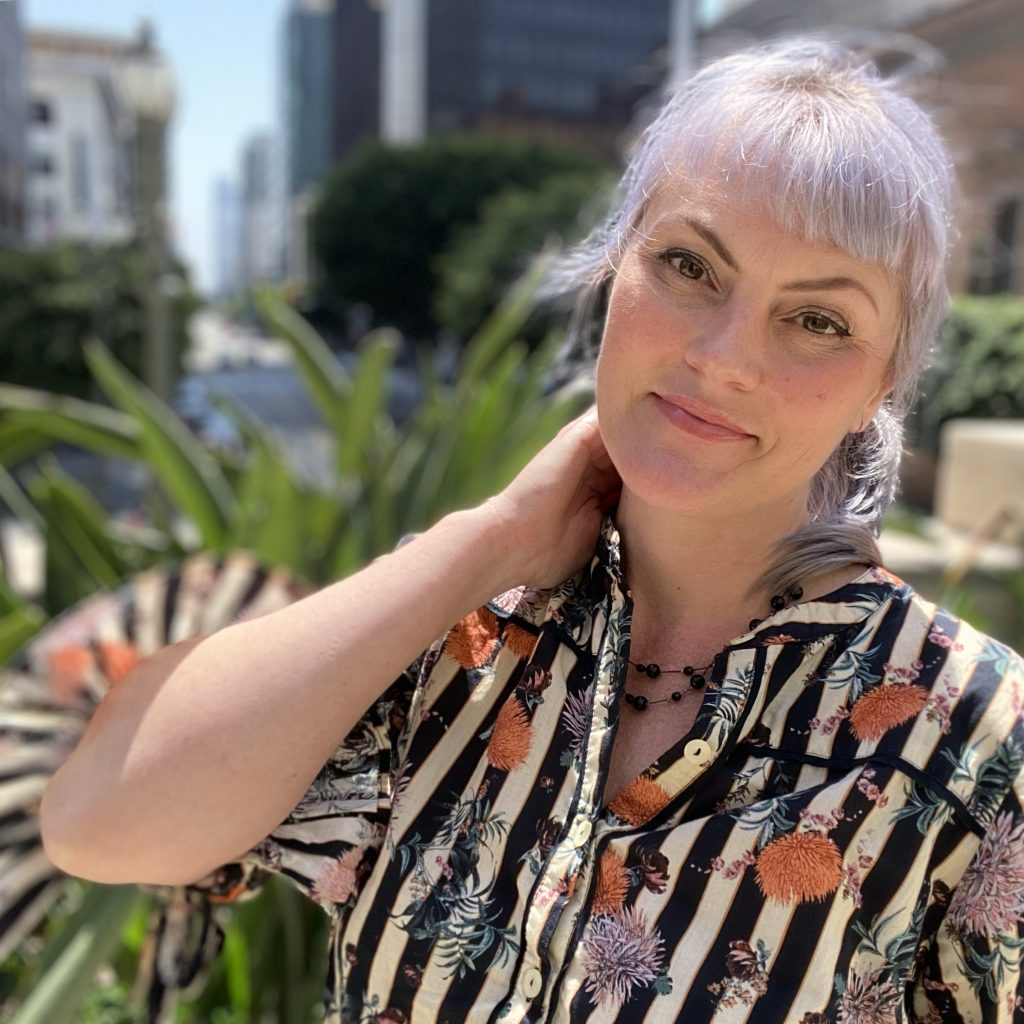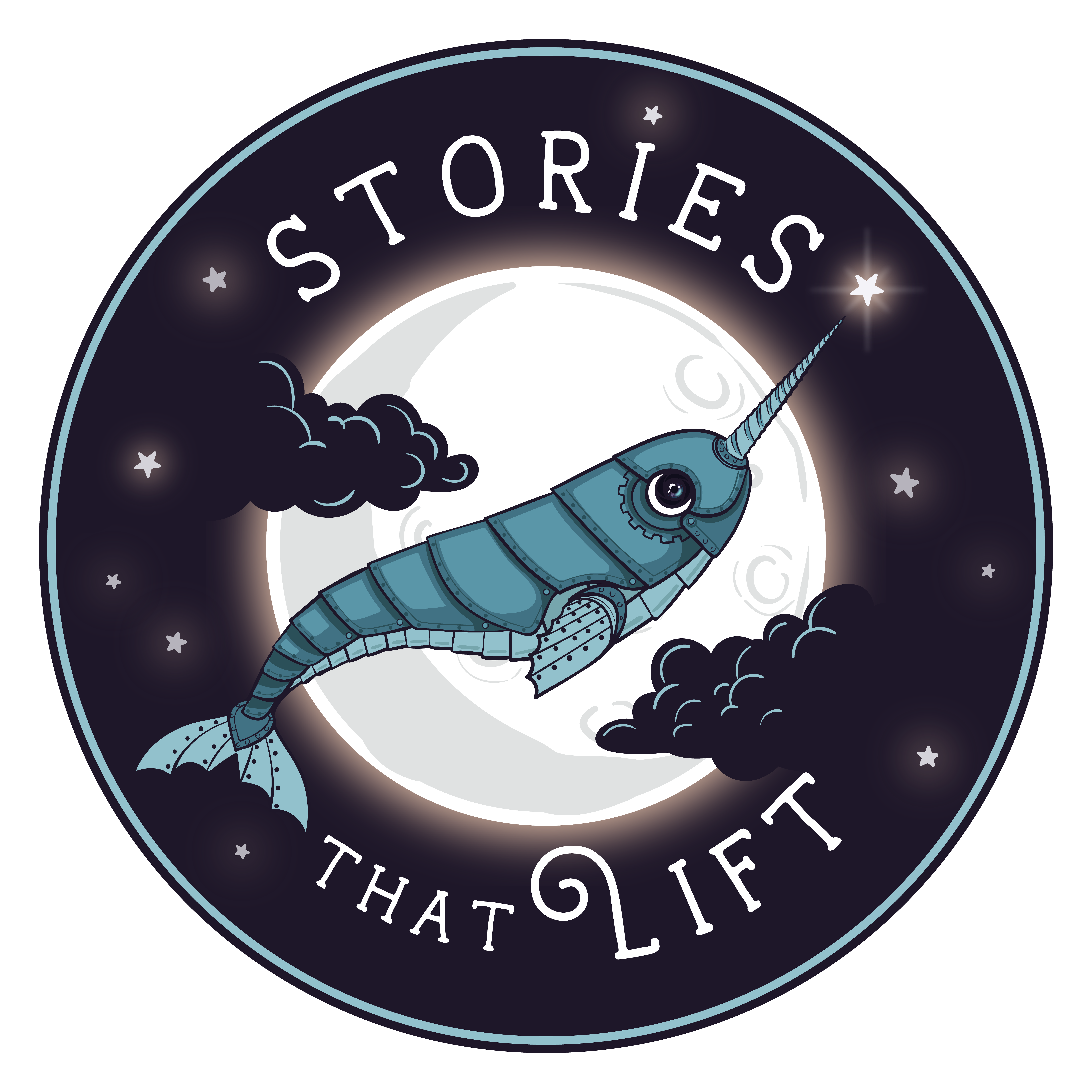Make Your Fiction Book Blurb Count:
How-to Write a Fiction Back Cover Teaser Description That Sells

Calling Book Authors! This blog post is here with guidelines on how to WOW readers with your book blurb.
Article Contents
- What is a blurb? Plus examples
- Why does the back cover blurb matter?
- How to write a back cover blurb
- Final Thoughts
I. What is a blurb? Plus examples
Surprisingly, blurb is a technical word! Also called a back-cover blurb and which I like to call a teaser description, a blurb is a 100–200 word description of the book that engages the reader from one sentence to the next.
The idea of a book blurb is to give them a taste of what the book is with intrigue, making them excited enough to not want to put the book back on the shelf. If it doesn’t entice the reader to want to continue reading, rewrite it.
A good book teaser comprises 3 or 4 main components that are integral to its success. A rousing introduction is key to hooking the readers and flaring up their desire to commit to actually buying the book.
Here are some examples of books that got the imagination of readers hooked immediately:
- The Alice Network by Kate Quinn
- Ender’s Shadow by Orson Scott Card
- Shantaram by Gregory David Roberts
- Skinny Legs and All by Tom Robbins
- The Screwtape Letters by C.S. Lewis
- Songbirds by Christy Lefteri
- The Silent Patient by Alex Michaelides
- Something In The Water by Catherine Steadman
- The Invisible Life of Addie LaRue by V.E. Schwab
Take a look at the book blurbs of some of the books I’ve mentioned, and you just might have new books to add to your reading list at the end of it.
II. Why does the back cover blurb matter?
There are between 500,000 to 1,000,000 books produced each year in traditional publishing. And if you count the self-published works of authors, we’re looking at around 4 million books published annually. Even so, half of the United States population read fewer than four books a year, according to statistics. So your book has a one-in-a-million chance of being read.

The title, the cover, and the back cover blurb are the three most crucial parts of your book, besides how good the writing is. That’s because those are the three things almost everyone will look at during their “buyer journey” to decide to buy the book. And buying is just the first step towards them spending time reading the book to completion. Books mainly get spread through recommendations and why would someone recommend your book if they don’t plan on completing it themselves?
When people read a book blurb, they are looking for reasons to read the book. They want to know there’s something in this for them specifically and that the writing will be pleasing enough to keep them turning pages.

For all these reasons, you, the author, should ensure the book cover design is interesting enough to make your audience say, “I need to read that,” by showing them why the book matters to them in a way they can immediately grasp. Yes, the designer will help you make a cover you could never have created on your own, but ultimately, you are in control of how good the designer’s results are when you self-publish (with traditional publishing, your ideas may be overruled).
III. How to write a back cover blurb
Here are some fundamental principles for writing a good book teaser. By following these guidelines, chances are you’ll get the readers fired up to buy your book.
Principles for writing your blurb
- Put yourself in the reader’s head – The best way to write a compelling book teaser is to understand what would intrigue your potential audience. A reader is going to want to understand the tone, plot, main characters, and maybe some hints at a plot twist.

- Don’t tell the reader everything – Try to give away just enough about the plot to keep the reader intrigued while not spoiling any of the major plot points. Rather, hint at the journey our protagonist is on, and what challenges they face, leaving the reader craving a resolution. Do NOT spoil the ending. Keep them guessing enough to want to continue reading.
- Be Concise, But Exciting – It’s important to make every word count. Every sentence should grab the reader’s mind deeper to where you want to take them. By the end of the short book blurb, the reader should feel a sense of excitement and a desire to continue reading the book.
- Focus on one or two characters – To increase relatability, introduce the main protagonist and, if necessary, the antagonist. Do not write about a lot of characters or groups of characters, as we want to get the reader invested in the main character. For self-help books, remember that the main character is the reader, so include a brief overview of solutions to your target reader’s problems. Use “You” to refer to the readers.
Steps for writing your blurb
1. Getting started
This is often the hardest step in the process, but planning can certainly help. You can start with an outline to help you form the narrative of your book blurb. You can also start with a stream of consciousness writing and a deadline to get that crappy first draft done. It’s definitely easier to write a long description, then cut it down. At this point, don’t worry about the length or the principles…just write something.
2. Think about the most compelling questions
You have to make the readers curious. How does your protagonist overcome their obstacles? Did you allude to plot twists?
Intrigue them by making them ask questions they can only find the answer to in your book. This really hit home for me on 8/3/22 when I was listening to the book, Such a Fun Age by Kiley Reid.
3. Tell the reader what to expect
Be compelling and exciting, but you also have to manage the reader’s expectations. Being clear about the tone of the book will help you reach your target audience and ensure your readers enjoy reading it. Don’t stray too far from the plot. Otherwise, it might ruin the reading experience.

4. Keep It Short
The key is to convey just enough information to pique the reader’s interest, but not overwhelm them. When reviewing your final draft, be sure to remove any cruft or excess. Another thing, exclude sales language from the book blurb. Don’t use phrases like “You need to read this book today!” “this is the best book ever!” or “this book will change your life!”.
5. Finalizing the blurb
Review it, then wait a week to review it again. Time helps you see the areas you could improve quite well 🙂 Read it out loud to someone at least once before you completely finalize it as that will help you find any mistakes and help improve legibility and clarity. Run it thru Grammarly and get an editor to help finalize and edit.
Final Thoughts
After reading this, I hope you’re able to smash your book blurb! Remember, don’t be afraid to make mistakes. Anything can be rewritten, just start writing. Once you’ve started, let the ideas flow through you. Take your time.
If you have any questions or suggestions, please feel free to leave a comment below about this book blurb blog post. It’s always exciting to share ideas!
How we can make it easier for you 🙂
Ami is a project manager at MindStir Media and MindStir Media can write the blurb for you with any of MM’s packages that included editing. You can schedule a call with a publishing director to customize a package for you now. Just tell them you saw this post and you want to include a blurb with your package.
Writer by-line

Ami Mariscal is the founder of Stories That Lift and the executive project manager at MindStir Media publishing company. With an MBA and over 15 years of experience in media, entertainment, and art, Ami produces content that helps storytellers and also produces transmedia stories that help their audiences live more fulfilling lives.
Ami has read over 1000 books (about a book a week) and at MindStir Media she helps many authors publish and market their books and become bestselling authors. Ami considers it her mission to lift humanity with stories.
References
- Shattuck, C. (2021, October 3). How to Write a Book Teaser. Book Cave – Content-rated Book Deals to Your Inbox – Fabulous Free and Discounted Content-rated Ebooks. https://mybookcave.com/authorpost/how-to-write-a-book-teaser/
- Eye-Popping Book and Reading Statistics [2022]. (n.d.). Toner Buzz. https://www.tonerbuzz.com/blog/book-and-reading-statistics/
